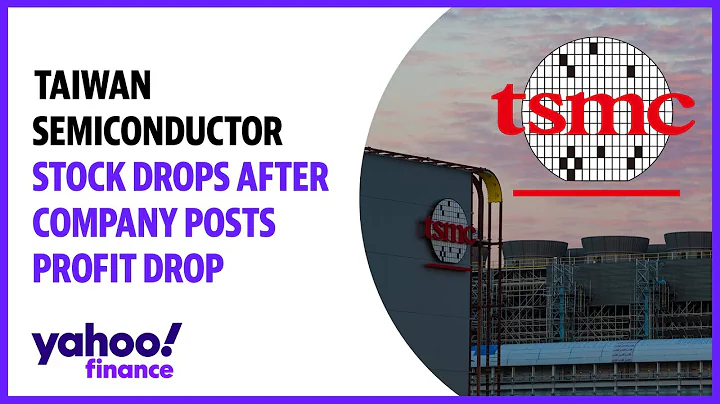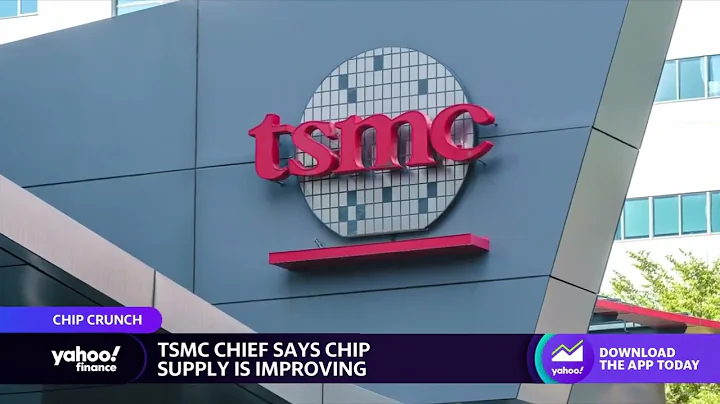micronet news (Text/Oliver), on October 29, TSMC and GlobalFoundries reached a settlement agreement. The two parties agreed to reach a global patent cross-licensing agreement for existing and next ten years of semiconductor technology patents.

Please enter image description
Sam Azar, senior vice president of corporate development, legal and government affairs at GlobalFoundries, repeatedly reiterated in an interview that both parties agreed to keep the terms of the settlement agreement confidential. A patent war that lasted 2 months came to an end. In the press release, they all expressed the mood of letting go of grudges with a smile. So who laughed louder?
Lightning Offense and Defense Review
First, let’s briefly review the offense and defense of GF and TSMC in the past two months.
html On August 26, GF launched multiple lawsuits in the United States and Germany, accusing TSMC of infringing on 16 of its patents. The processes involved include advanced process technologies such as 7 nm, 10nm, 12nm, 16nm and 28nm. Although GF itself has given up the research and development of 10nm and below processes, the patents in the lawsuit mainly originate from the IBM microelectronics-related wafer technology and patents acquired by GF in 2015.
Please enter the image description
In addition, GF also took 19 of TSMC's customers to court. It is requested to prohibit the export of infringing semiconductor products to the United States and Germany. This move caught TSMC off guard. As we all know, TSMC attaches great importance to maintaining customer relationships, especially these 19 customers also include large customers such as Apple, Nvidia , and Broadcom.
html On September 30, TSMC finally responded. As the saying goes, "Offense is the best defense." TSMC filed multiple legal actions against GlobalFoundries in the United States, Germany, and Singapore, accusing it of infringing on TSMC's 40nm, 28nm, and 25 patents for 22nm, 14nm, and 12nm processes. TSMC also asked the court to issue an injunction to prohibit GlobalFoundries from producing and selling infringing semiconductor products, and also sought substantial damages.On October 29, the two parties reached a settlement agreement, agreeing to withdraw all legal proceedings, and agreed to reach a global patent cross-licensing agreement for existing and future semiconductor technology patents for the next ten years.
Why did they settle?
Both TSMC and GlobalFoundries had been at odds with each other, pointing out that the other party had harmed their own rights and interests through unfair competition. Why are they so happy to reach a settlement today?
First of all, GF’s ultimate goal is to reach a settlement, so we only need to analyze why TSMC agreed to the settlement. The author analyzes three reasons:
First, GF is a traditional foundry giant and owns a lot of intellectual property rights. It is normal for TSMC to use its patents. When defining the structural design when manufacturing integrated circuits, since many of them are basic circuits, they will appear widely in end products. Industry insiders pointed out that GLOBALFOUNDRIES may have conducted reverse engineering on a number of terminal products to find similar circuit structures, thereby accusing TSMC of infringement.
Second, there is pressure from customers. TSMC's four core values include customer trust. Facing pressure from the United States, TSMC has been able to speak out in support of Huawei three times. This shows that TSMC regards customers as God. The 19 Gods TSMC cannot afford to offend, so the US courts chosen by GF are Delaware and the US Federal District Court for the Western District of Texas. The trial practices of these two courts are highly protectionist and tend to favor American company. If GlobalFoundries wins the lawsuit, it will cause great losses to TSMC’s customers.
Third, he has a strong family background. Industry insiders once told Jiwei.com reporters that when TSMC faces patent disputes, it is usually the first to sign a settlement agreement. Because of its strong financial resources, TSMC pays more attention to its own image, so it almost gives whatever the other party wants. This often puts other fabs sued along with TSMC in an awkward position. The settlement agreement signed with GlobalFoundries this time is also because TSMC is already far ahead in the foundry industry, and the route that GlobalFoundries wants to take does not conflict with TSMC.
Who is laughing loudly?
Let’s talk about the results first. GF’s laughter was louder than the author’s alarm clock.
TSMC, which monopolizes half of the wafer foundry market, is willing to reach a settlement with GlobalFoundries, which has a market share of 8.3%. This shows that GF’s patents have been recognized by Big Brother.In addition, although both parties agree to keep the terms of the settlement confidential, TSMC will most likely need to pay a certain patent fee to GF every year to obtain the right to use this part of GF's patents.
It is understood that TSMC’s total number of global patents has exceeded 36,000, and it has ranked first in the number of patent applications in Taiwan for three consecutive years. The author speculates that in the settlement agreement reached, GlobalFoundries may have also sought certain required patent authorizations.
Regarding the mutual authorization of patents, Mo Dakang, a well-known scholar and critic in the Chinese semiconductor industry, told Jiwei.com that TSMC will not only consider it from an economic perspective, but also from a security perspective. Mutual authorization of patents comes at a cost. And boundary, all patent disputes must be "you have me, I have you", but they will never involve core interests.
TSMC’s annual R&D expenditure exceeds NT$80 billion (approximately 18.16 billion yuan) and generates a lot of IP. More than 90% of these IPs are protected as trade secrets, and less than 10% are protected through patents.
TSMC’s core interests are still entrenched in commercial secrets. Regarding TSMC's 7nm and future 5nm and 3nm, Wang Minsheng, general manager of Shenzhen Jiade Intellectual Property Services Co., Ltd., also said that such advanced processes are mainly in the form of commercial secrets, but what both parties have authorized are only patents.
Therefore, TSMC can sign this settlement agreement with confidence and boldness. This outcome is also what TSMC wants. On the premise that technical security is guaranteed, it not only solves the current patent disputes it is facing, but also can continue to legally use these unavoidable patents of GF in the future.
was written before the last
. There were many voices on why GlobalFoundries sued TSMC. Some people even speculate that it is to raise its own value in order to seek acquisition by Samsung . So is the patent mutual licensing agreement reached this time really to Samsung's liking?
Wang Minsheng said that this depends on how the two parties agree in the cross-authorization contract, and it depends on whether the authorization is valid after the subject changes or the equity structure changes.
believes that TSMC, which has always been rigorous, will definitely impose restrictions on this to prevent patent-protected technical achievements from becoming a competitor's meal.
patent disputes are very common and very complicated. Although the problem can usually be solved with money, SMIC and Fujian Jinhua have also suffered in this. In the semiconductor industry, companies should establish a professional intellectual property management system to help companies effectively protect their innovations and build a moat through systematic capabilities.
Trade secrets, like patents, are the property rights of enterprises and are related to the competitiveness of enterprises. When safeguarding your own legitimate rights and interests, you must also fully respect the intellectual property rights of others. Mutual respect is one of the stable guarantees for enterprise development. (proofread/holly)





















